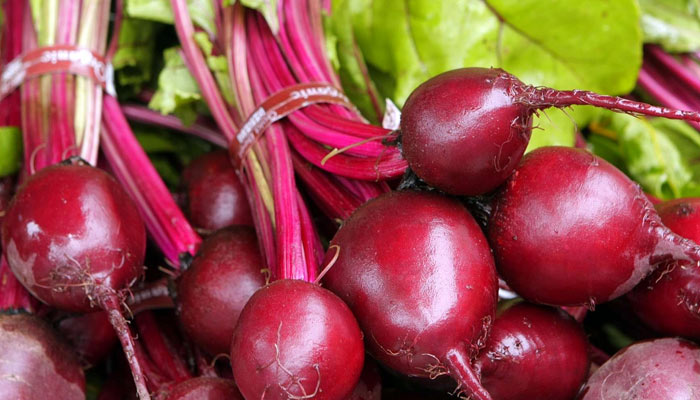
by admin | Jan 23, 2013 | Natural Facts
The common belief is that consumption of artificial sweeteners will lead to a reduction in the calories consumed. If true, this would then lead to weight loss or prevention in weight gain. Unfortunately, this effect is not what happens. Detailed studies have not shown...

by admin | Jan 9, 2013 | Heart Disease
More than 60 million Americans have high blood pressure (high BP) including more than half (54.3%) of all Americans age 65 to 74 years old and almost three quarters (71.8%) of all American blacks in the same age group. High BP is a major risk factor for a heart attack...

by admin | Dec 19, 2012 | Anti-Aging, Natural Facts
It is common sense that the better shape that you’re in physically, the greater your odds of enjoying a healthier and longer life. For examples, most studies have shown that the risk of having a heart attack or stroke in an unfit individual is eight times...

by admin | Nov 21, 2012 | Natural Facts, Newsletter thru 2013
One of the most popular medicinal uses of cherries, cherry juice, and cherry extracts has been in the treatment and prevention of gout – a painful form of arthritis characterized by increased blood levels of uric acid and the formation of uric acid crystals in joints....

by admin | Nov 7, 2012 | Natural Facts, Newsletter thru 2013
Introduction In addition to the major risk factors for cardiovascular disease (i.e., smoking, elevations in cholesterol, elevated blood pressure, diabetes, and physical inactivity/obesity), a number of other factors have, on occasion, been shown to be more significant...








